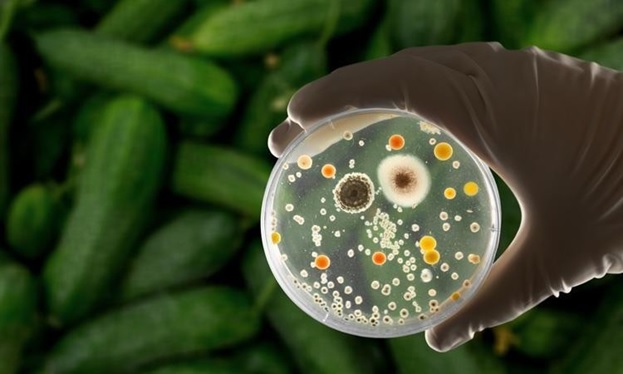

As COVID-19 is taking over the world’s attention, people around the globe have grown increasingly concerned with sanitization and sterilization of goods and products entering their homes. One such class of daily commodities is Fruits and Vegetables. Food items can be potential carriers of the virus if they are handled by infected people. But under the fame of COVID-19 pandemic, we shouldn’t forget about the other criminals taking part in this crime. Some bacteria, fungi and parasites could also make for troubling pathogens, likely enough to get us ill and make us pay for a ride at the hospital. According to a Times of India study in 2019, India incurs a cost of 15 billion dollars annually to pay for foodborne illness. Statistics reveal that India faced 100 million cases of foodborne illness in 2011. Researchers strongly believe that the number of these cases can go up to 150-177 million by 2030. This means that the situation can turn worse from one person being infected amongst twelve in 2011 to a high possibility of one person being infected out of nine in 2030. These estimations were developed at Wageningen Economic Research facility and accounted for an increasing population, GDP growth and urbanization in the country. These numbers are gruesome and shout for the gravity of the problems associated with foodborne pathogens

Most food borne pathogens are categorized according to the various foods they infect. Campylobacter spp. are mostly found in raw and undercooked poultry. Similarly, Salmonella are a group of gram- negative bacterial pathogens which is found mainly in the intestines of most livestock and is associated with poultry too. Shigella, Escherichia coli found in meat and unpasteurized milk, Clostridium botulinum found in improperly home canned food, Clostridium perfringens fount in meat, Vibrio cholerae, Vibrio vulnificus, Vibrio parahaemolyticus found in seafood, Bacillus spp. are some of the thousands of pathogenic microorganisms that infect people time and again. Detection of these pathogens has always been a challenge in the microbiology field for centuries. Thanks to the growing knowledge and reach within the field, that we have come up with techniques and ways to detect these fatal microorganisms before they start messing around inside our lunchboxes.
The first method of detection is the culture-based method to visualize and cultivate the pathogenic contaminants in the food sample. This is the oldest and the most commonly used method to detect pathogenic contamination in small and medium sized facilities. According to this method, growth nutrient agar plates are used to facilitate the growth of contaminants in the sample. After a certain incubation period at particular temperature and pressure conditions, colonies of contaminants can be visualized through the plate. It provides with confirmed results and is very easy to perform. One of the best-known examples which shows high success rate and shows that the method is highly cost-effective is the culture of E. coli O157:H7. TM Media offers a product which perfectly fits the requirements, MacConkey Sorbitol agar base (TM1915) provides a selective medium for isolation and detection of E. coli 0157:H7 from food and animal feedstuff. For precise isolation and differentiation of E. coli O157:H7 in the sample, TM Media offers a chromogenic agar called CHROMOGENIC EC O157:H7 AGAR (ISO 16654:2001) (TM 1854). E. coli O157:H7 colonies formed on chromogenic agar are colored and can be easily distinguished from other contaminants. It gives a benefit over false positive results. TM Media offers a range of agar-based products to prepare growth cultivation and selective medium to visualize different microbial contaminants on Petri plates. There is only one drawback to this method of detection and that’s the incubation time required for the growth of pathogens. Due to high growth incubation periods (18 to 24 hours), new detection methods have started to emerge.
Figure A shows streaking of a sample containing E.coli on MacConkey agar plate whereas
Figure B is a picture of a Chromogenic E.coli agar plate which helps in differentiating E. coli (right) from E.aerogenes (left).
TM Media offers a comprehensive range of products required for the identification of Food Borne Pathogens. The chart mentioned below gives a summarized view of all its solution.


Maintaining the highest standards of quality and safety is paramount in pharmaceutical manufacturing. Strict adherence to current good manufacturing practices...
Read More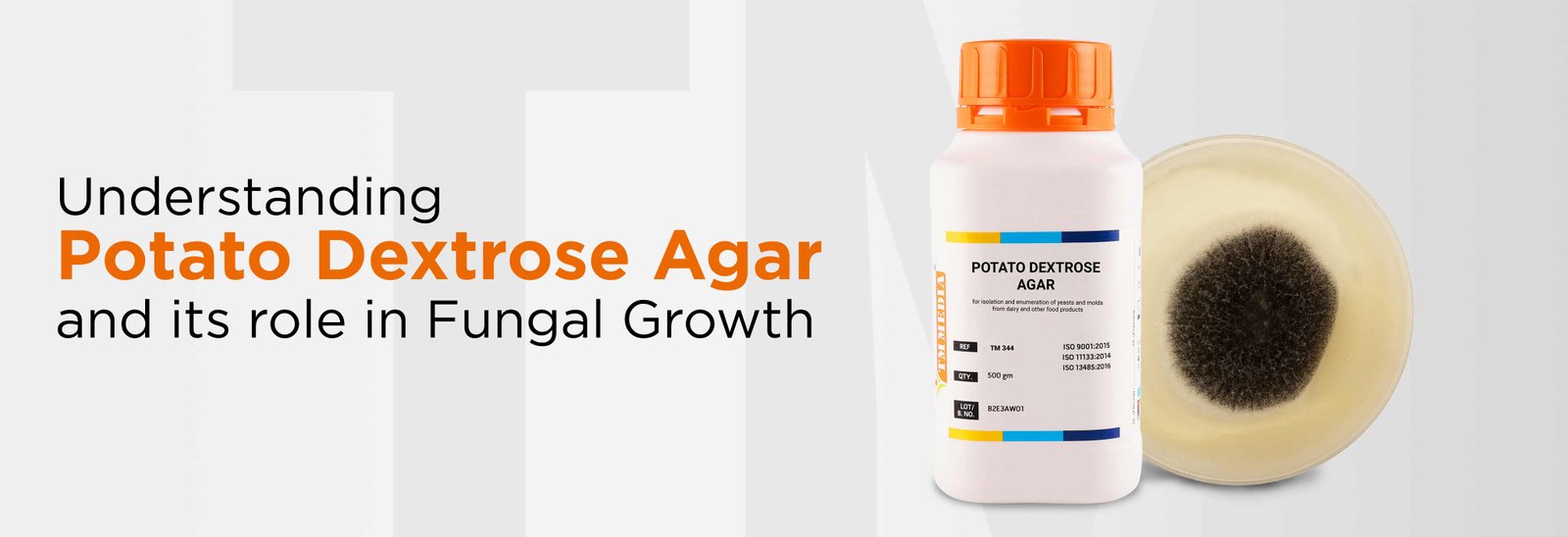
Potato Dextrose Agar (PDA) is a widely utilized medium in microbiology, specifically designed for the isolation and enumeration of yeasts...
Read More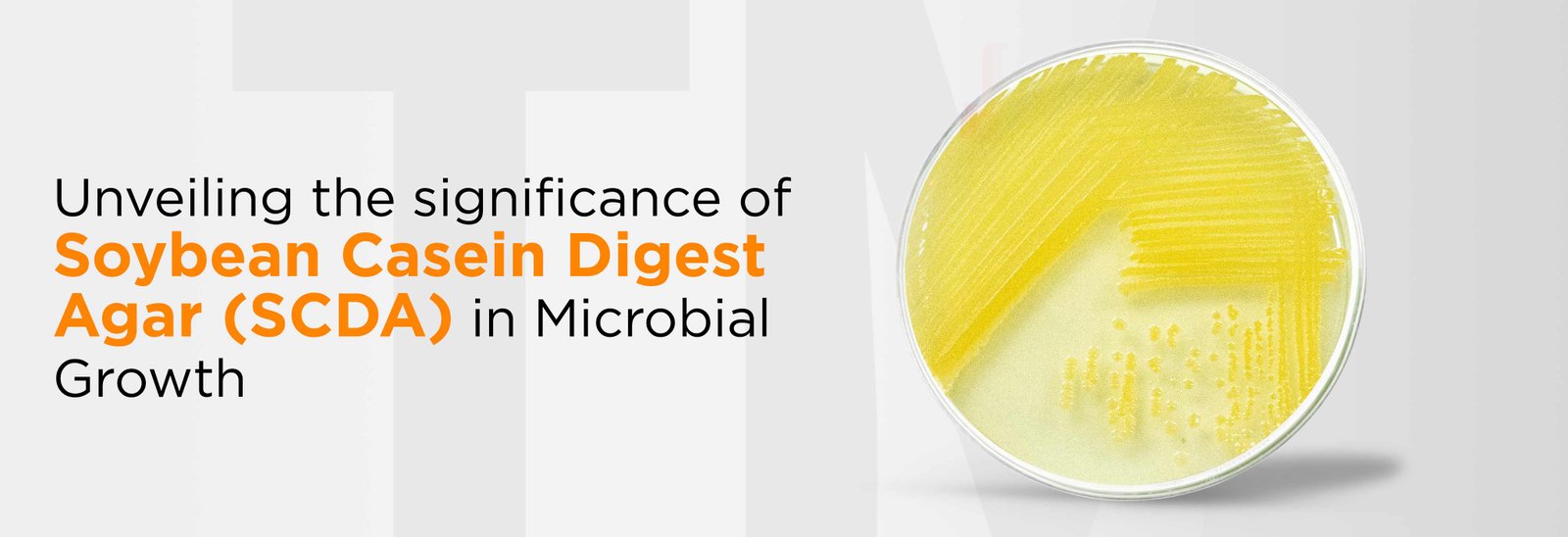
In the complicated world of microbiology, where precision and reliability are of utmost importance, Soybean Casein Digest Agar (SCDA) stands...
Read More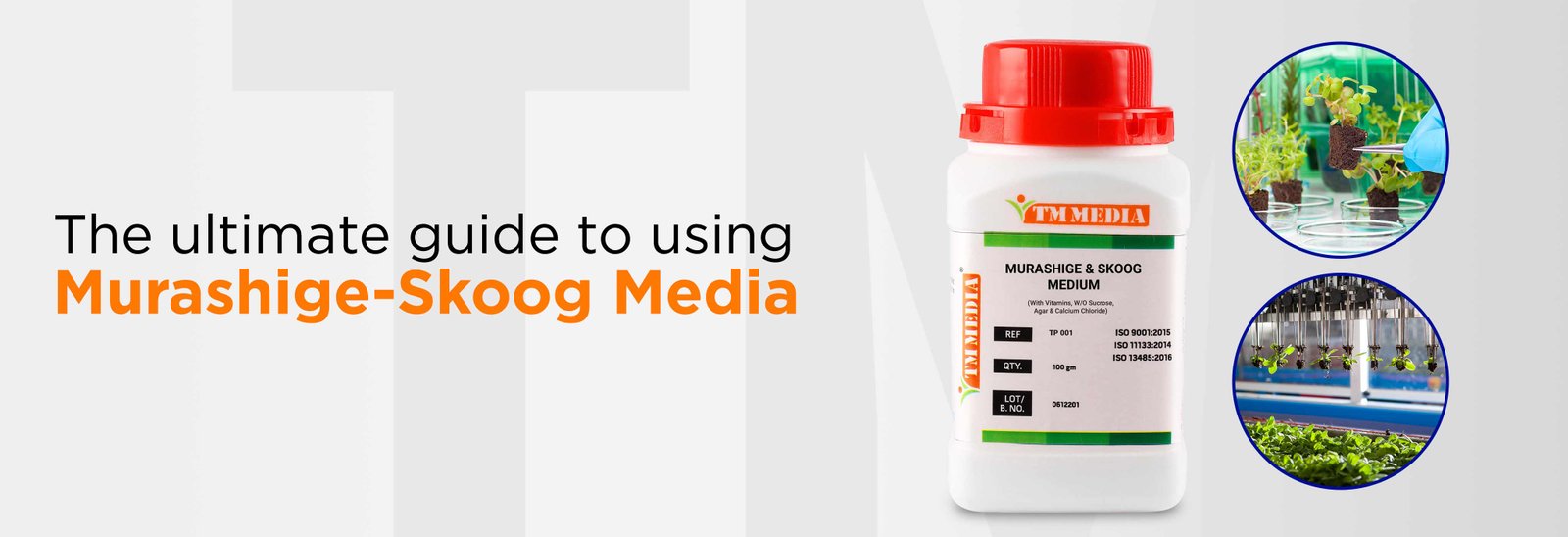
Have you ever wondered how scientists can grow entire plants from just a few cells in a laboratory? The answer...
Read More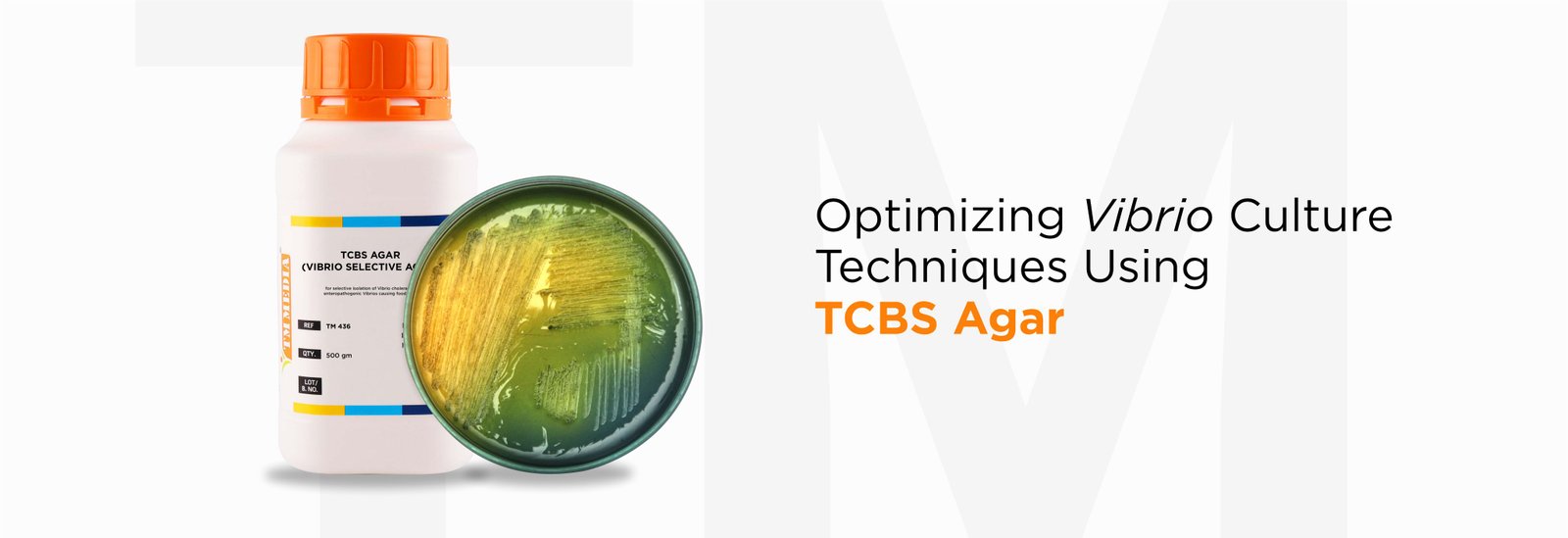
In the world of pathogenic identification, one crucial player in the isolation and cultivation of Vibrio species is Thiosulfate-citrate-bile salts-sucrose...
Read MoreMicrobiology, as a scientific discipline, relies heavily on precise tools and methodologies for understanding the details of the microbial world....
Read More